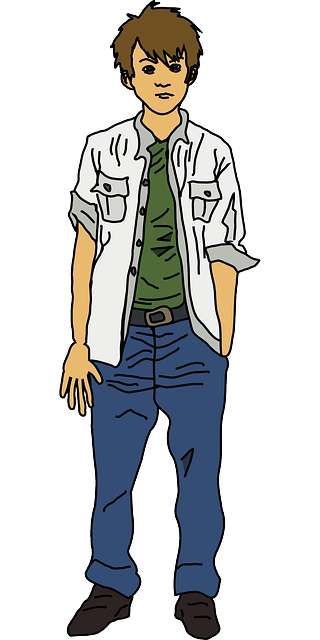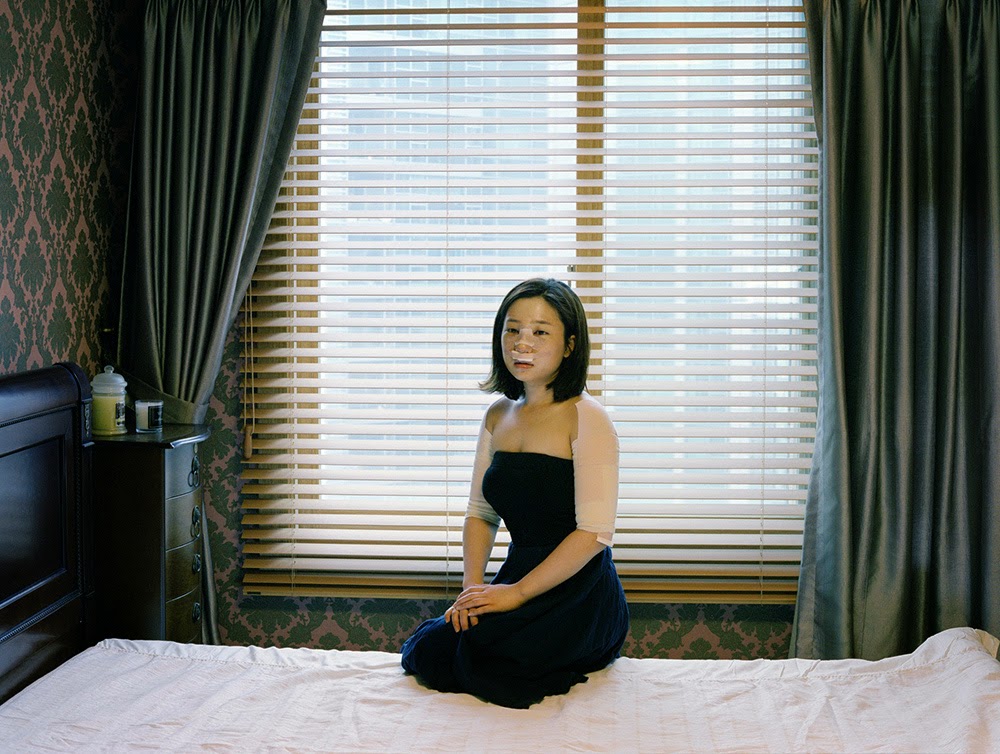The problem with surgical tourism, as I see it, is not the
lack of qualified practitioners. It’s
the lack of follow-up. The truth is,
every surgeon in the world has complications. Any surgeon who claims to have no
complications is lying. But when a
patient of mine has a complication, the patient calls ME. I see them in my office and we make a
treatment plan together to address the complication. If there’s an infection, I start them on oral
antibiotics or admit them to the hospital for intravenous antibiotics. If there is a bleed, I take them back to the
operating room emergently to stop the bleeding.
If a patient is short of breath after surgery, they go straight to the
emergency room for evaluation and treatment.
I call the ER physician myself to give them the backstory on my patient
before the patient even arrives. The
care of a surgical patient doesn’t end when the last stitch goes in.
When patients travel to other countries for surgery, they
don’t have access to their surgeon after they come home. A localized infection that should be treated immediately with oral antibiotics may go untreated because the patient doesn’t
know where to seek care. Sometimes
patients are embarrassed to see another surgeon after they have traveled abroad
for their surgery. Sometimes surgeons
are reluctant to treat patients that do not “belong” to them. The combined effect is usually a delay in
treatment that can lead to a much bigger problem.
I believe that there are qualified practitioners all over
the world who practice safe, ethical, state-of-the-art medicine and
surgery. But no amount of talent or skill can eliminate the risk of complications. Nobody can guarantee you that you wont have a complication after surgery. What I
can
guarantee is that if you’re
my patient, I will be the one to care for you
until you’re completely healed. Any conscientious surgeon would do the same.
The cost savings of traveling to a foreign country for surgery pale in comparison to the costs incurred by late presentation of a complication. Unfortunately,
as in the case highlighted above, some patients end up losing much more than just money.





















